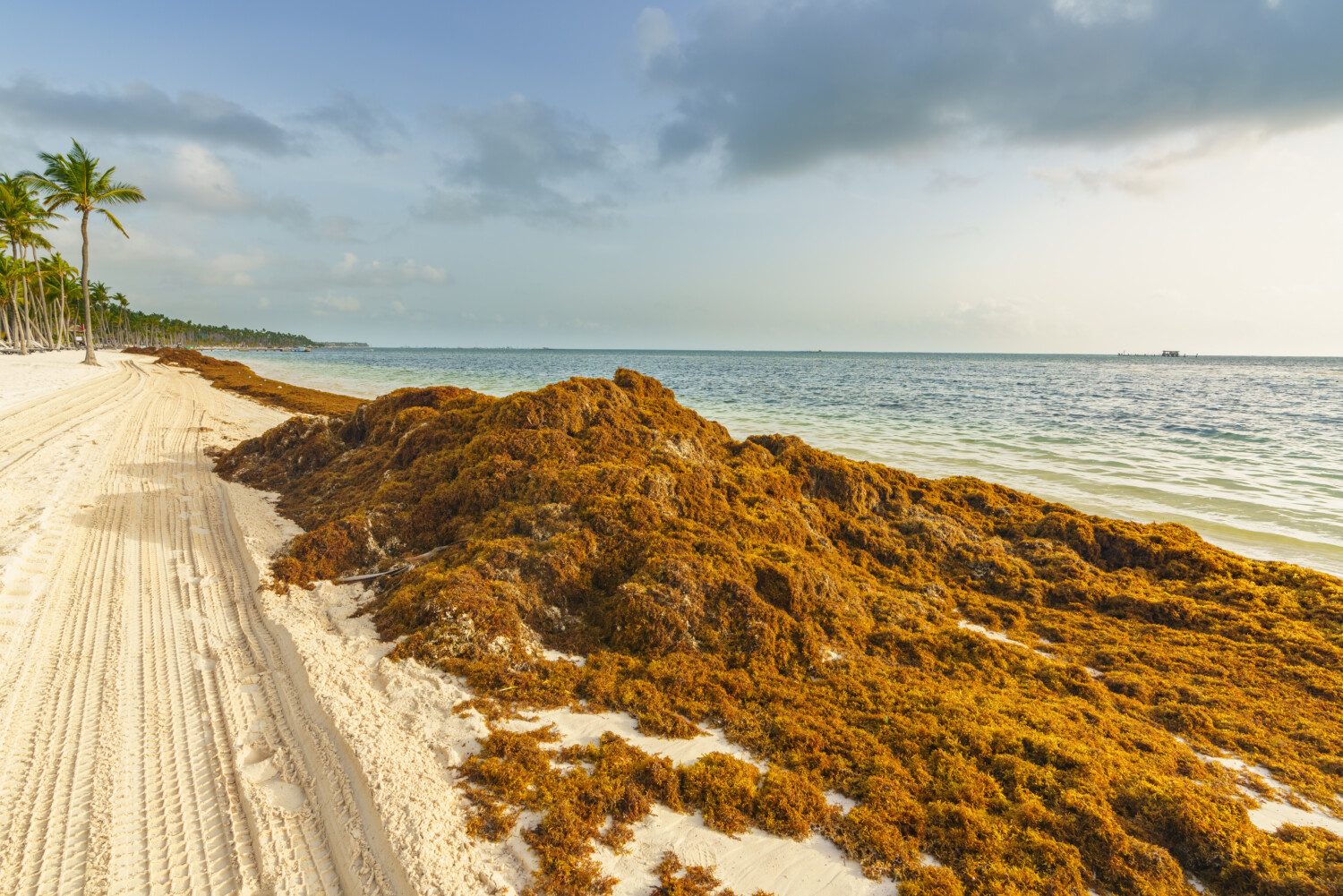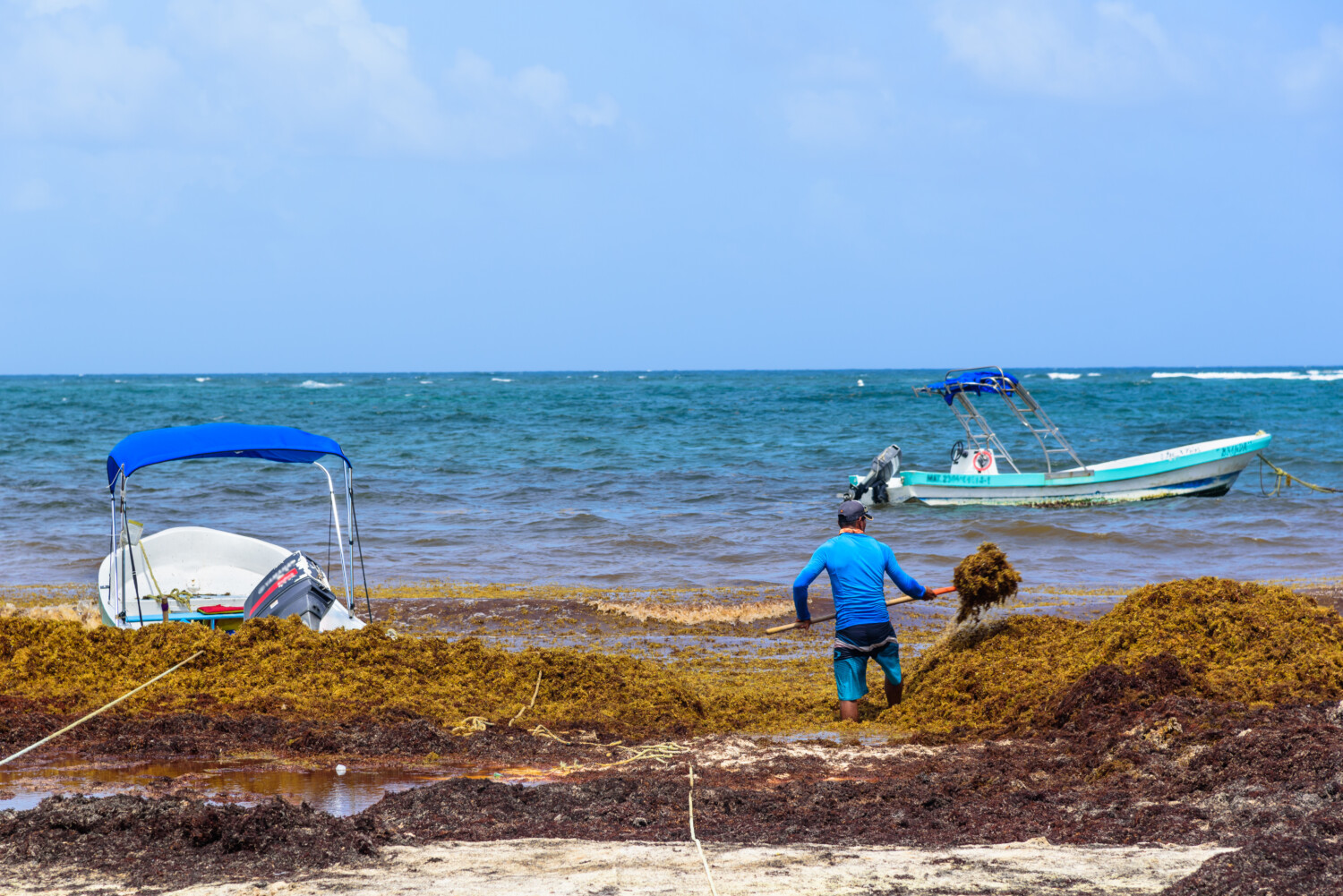An unprecedented 5,000-mile-long seaweed blob is making its way toward North America and threatens to disrupt the beach landscapes of Florida, Mexico and the Caribbean this summer. The Great Atlantic Sargassum Belt (GASB) is a belt of seaweed that can be seen from space. It has been observed since 2011 and stretches thousands of miles across the ocean.
The GASB is composed of holopelagic sargassum, a type of seaweed abundant in the Sargasso Sea. It’s not a continuous bridge but a loose collection scattered over a large area.
This seaweed bloom is fed by human activity, such as intensive soya farming in the Amazon basin and increased nutrient runoff from rivers into the Atlantic Ocean. The influx of nutrients has caused an increase in sargassum growth, leading to massive mats of seaweed.

Floating sargassum can be beneficial to marine life, providing them with shade and shelter. However, scientists are worried about the impact this wall of sargassum will have on beaches in these three regions.
The problems start when it washes ashore. As it decomposes, the sargassum can choke corals, damage coastal ecosystems and significantly affect water and air quality. It decreases the water quality, pollutes beaches and affects mangrove habitats, sucking oxygen from the water.
The decaying algae emits hydrogen sulfide, a colorless gas with a strong smell of rotten eggs. This can cause respiratory issues in people exposed to large amounts of the gas. Once washed ashore, the clumps of sargassum can also have a negative economic impact by disrupting tourist spots, marinas and fishing regions.

Dispelling rumors, the Florida Department of Health states that the seaweed cannot cause cancer in humans. Nevertheless, it is not advised to consume it, as sargassum may have high levels of arsenic and other heavy metals.
If you plan on visiting an affected beach with children, always supervise them to keep them safe from the seaweed. Swimming near the sargassum should be avoided, as animals such as jellyfish may live inside it. When handling it, gloves should be worn at all times. Those who experience breathing problems should limit their time at the beach or avoid it. Closing doors and windows near beaches can also help reduce exposure.
This story originally appeared on Simplemost. Check out Simplemost for additional stories.


